Late Bloomin' Hydrangeas: How To Enjoy Their Beauty All Season Long
Late Bloomin' Hydrangeas: How to Enjoy Their Beauty All Season Long
Hydrangeas are some of the most popular flowering shrubs in the world, and for good reason. They come in a wide variety of colors, sizes, and shapes, and they can add a touch of elegance to any garden. But what if you want to enjoy the beauty of hydrangeas for more than just a few weeks in the summer?
That's where late-blooming hydrangeas come in. These varieties bloom later in the season, often in the fall or even winter. This means that you can enjoy their beauty for longer, and you can even use them to add some color to your garden during the colder months.
There are a few different types of late-blooming hydrangeas, but some of the most popular include:
- H. paniculata (panicle hydrangea): This type of hydrangea produces large, cone-shaped blooms that can be white, pink, or blue. It blooms in late summer or early fall.
- H. arborescens (smooth hydrangea): This type of hydrangea produces smaller, more rounded blooms that can be white, pink, or blue. It blooms in late summer or early fall.
- H. quercifolia (oakleaf hydrangea): This type of hydrangea produces large, oak-shaped leaves and panicles of white or pink blooms. It blooms in late summer or early fall.
No matter what type of late-blooming hydrangea you choose, there are a few things you can do to ensure that it blooms well:
- Plant it in a location that gets morning sun and afternoon shade.
- Water it regularly, especially during the summer months.
- Fertilize it once a year in the spring.
- Mulch around the plant to help retain moisture and suppress weeds.
With proper care, your late-blooming hydrangeas will reward you with beautiful flowers for months to come.
Here are some additional tips for growing late-blooming hydrangeas:
- Choose a variety that is hardy in your climate zone.
- Amend the soil with compost or other organic matter to improve drainage and fertility.
- Prune the plant in the spring to encourage new growth and flowering.
- Protect the plant from winter cold by covering it with a burlap sack or other protective material.
With a little care and attention, you can enjoy the beauty of late-blooming hydrangeas for years to come.
If you're looking for a beautiful flower that blooms late in the season, then you should consider planting a late blooming hydrangea. These stunning shrubs come in a variety of colors, including blue, pink, and white, and they can add a touch of elegance to any garden.
But what exactly is a late blooming hydrangea? Well, as the name suggests, these hydrangeas bloom later in the season than other types of hydrangeas. They typically start to bloom in late summer or early fall, and they can continue to bloom until the first frost.
So, if you're looking for a hydrangea that will add some color to your garden in the fall, then a late blooming hydrangea is a great option. But how do you care for a late blooming hydrangea?
Well, the good news is that they're relatively easy to care for. They prefer full sun or partial shade, and they need well-drained soil. You should also fertilize them once a month during the growing season.
If you're interested in learning more about late blooming hydrangeas, I recommend visiting . This website has a wealth of information about these beautiful shrubs, including tips on how to care for them and how to choose the right variety for your garden.
FAQ of late blooming hydrangea
Q: What are late blooming hydrangeas?
A: Late blooming hydrangeas are varieties of hydrangea that bloom later in the season, typically in the fall. They are a good choice for gardeners who want to enjoy hydrangea flowers for a longer period of time.
Q: What are the benefits of growing late blooming hydrangeas?
A: There are several benefits to growing late blooming hydrangeas, including:
- They offer extended bloom time, which can extend the enjoyment of hydrangea flowers into the fall.
- They are often more resistant to pests and diseases than other types of hydrangeas.
- They can add a splash of color to the garden in the fall, when other plants are starting to fade.
Q: How do I care for late blooming hydrangeas?
A: Late blooming hydrangeas require similar care to other types of hydrangeas, but there are a few things to keep in mind:
- Plant them in a location that gets full sun to partial shade.
- Water them regularly, especially during the hot summer months.
- Fertilize them in the spring with a balanced fertilizer.
- Prune them in the early spring, before new growth begins.
Q: What are some common problems with late blooming hydrangeas?
A: Some common problems with late blooming hydrangeas include:
- Leaf spot
- Rust
- Powdery mildew
- Insufficient water
- Too much fertilizer
Q: How can I prevent problems with late blooming hydrangeas?
A: There are a few things you can do to prevent problems with late blooming hydrangeas, including:
- Plant them in a location that is well-drained.
- Water them regularly, but do not overwater them.
- Fertilize them in the spring with a balanced fertilizer.
- Prune them in the early spring, before new growth begins.
- Inspect your plants regularly for signs of pests or diseases.
Image of late blooming hydrangea
5 different images of "late blooming hydrangea" from Pinterest:
A large, late-blooming hydrangea with large, cone-shaped flower clusters. The flowers start out pink and fade to blue as they mature.

A popular late-blooming hydrangea with large, white flowers. The flowers are held on tall stems and can reach up to 12 inches in diameter.
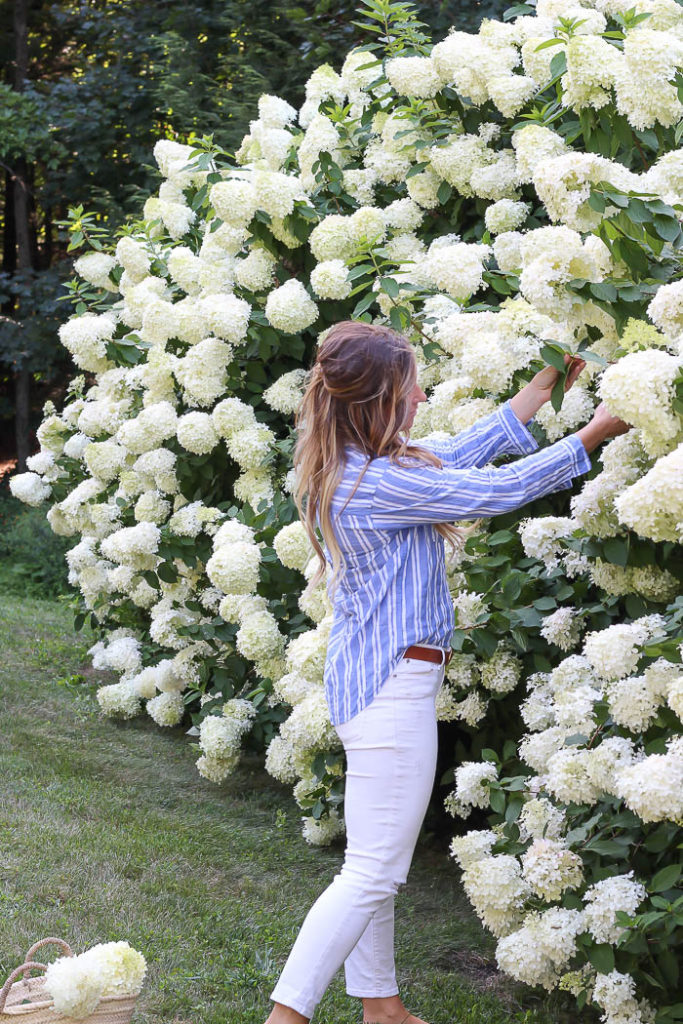
A reblooming hydrangea that blooms from early summer to fall. The flowers start out pink and fade to blue or green as they mature.

A compact, late-blooming hydrangea with small, lime green flowers. The flowers are held on short stems and can reach up to 6 inches in diameter.
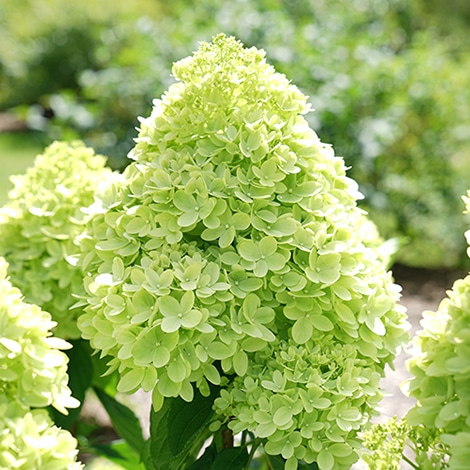
A large, late-blooming hydrangea with large, creamy white flowers. The flowers are held on tall stems and can reach up to 18 inches in diameter.
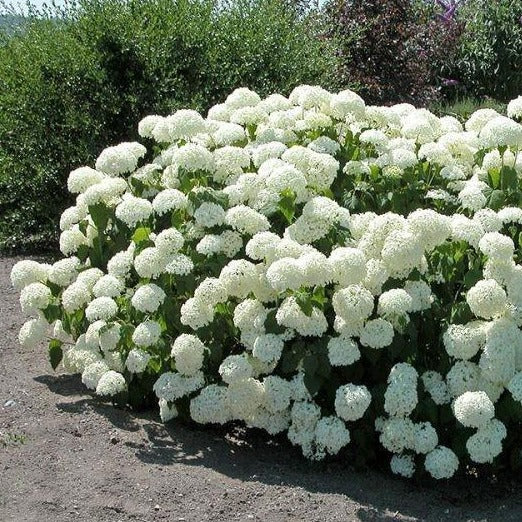
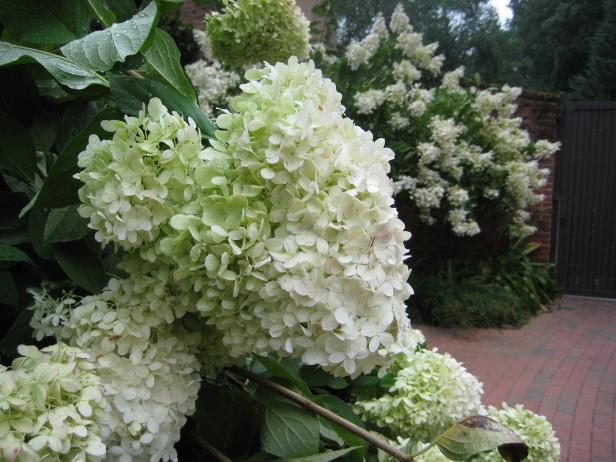
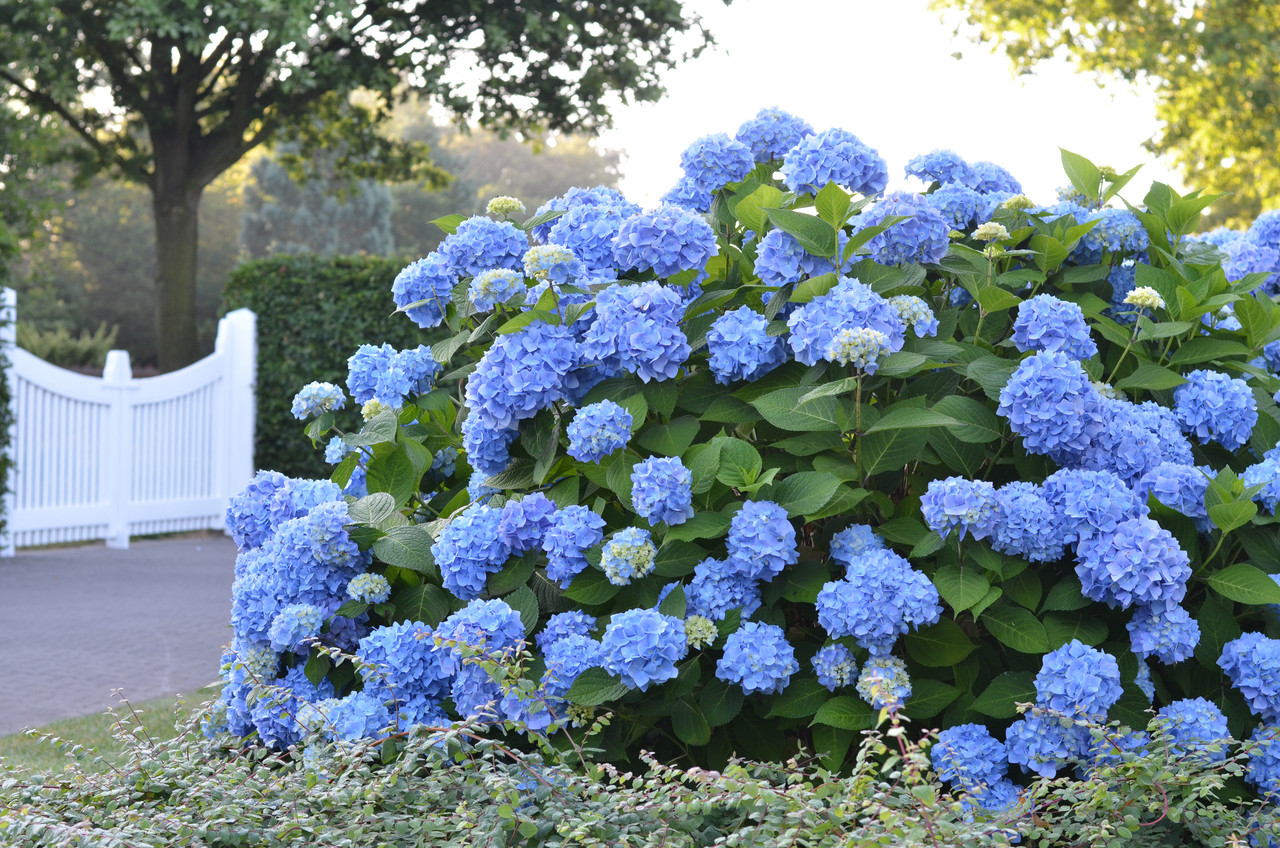

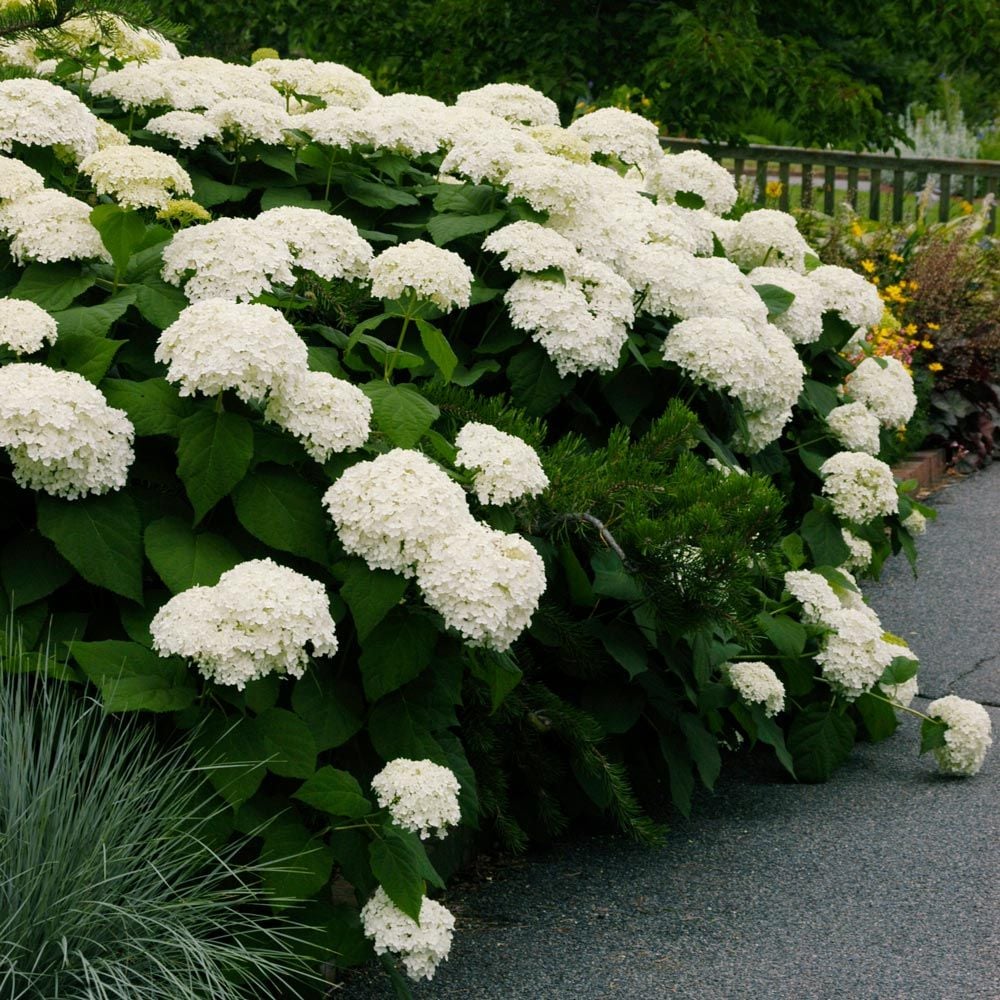
Post a Comment for "Late Bloomin' Hydrangeas: How To Enjoy Their Beauty All Season Long"